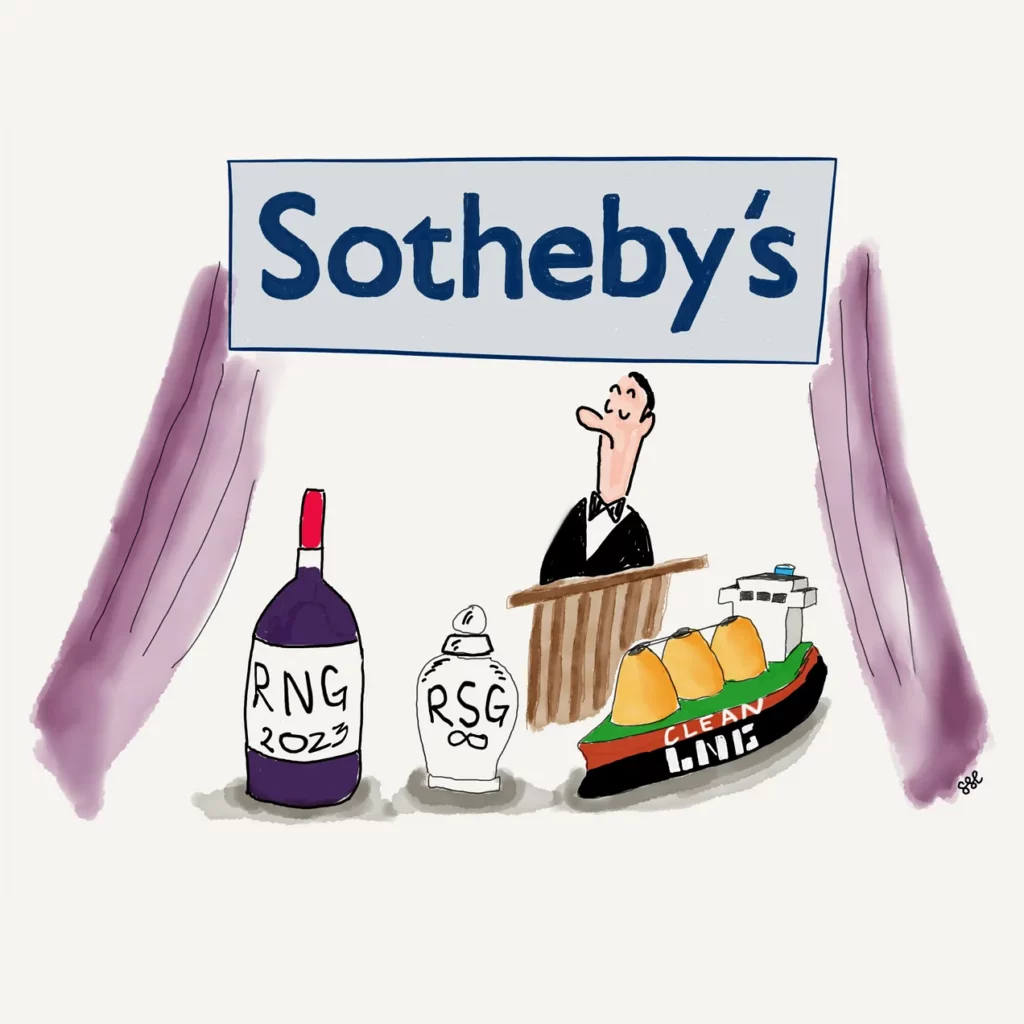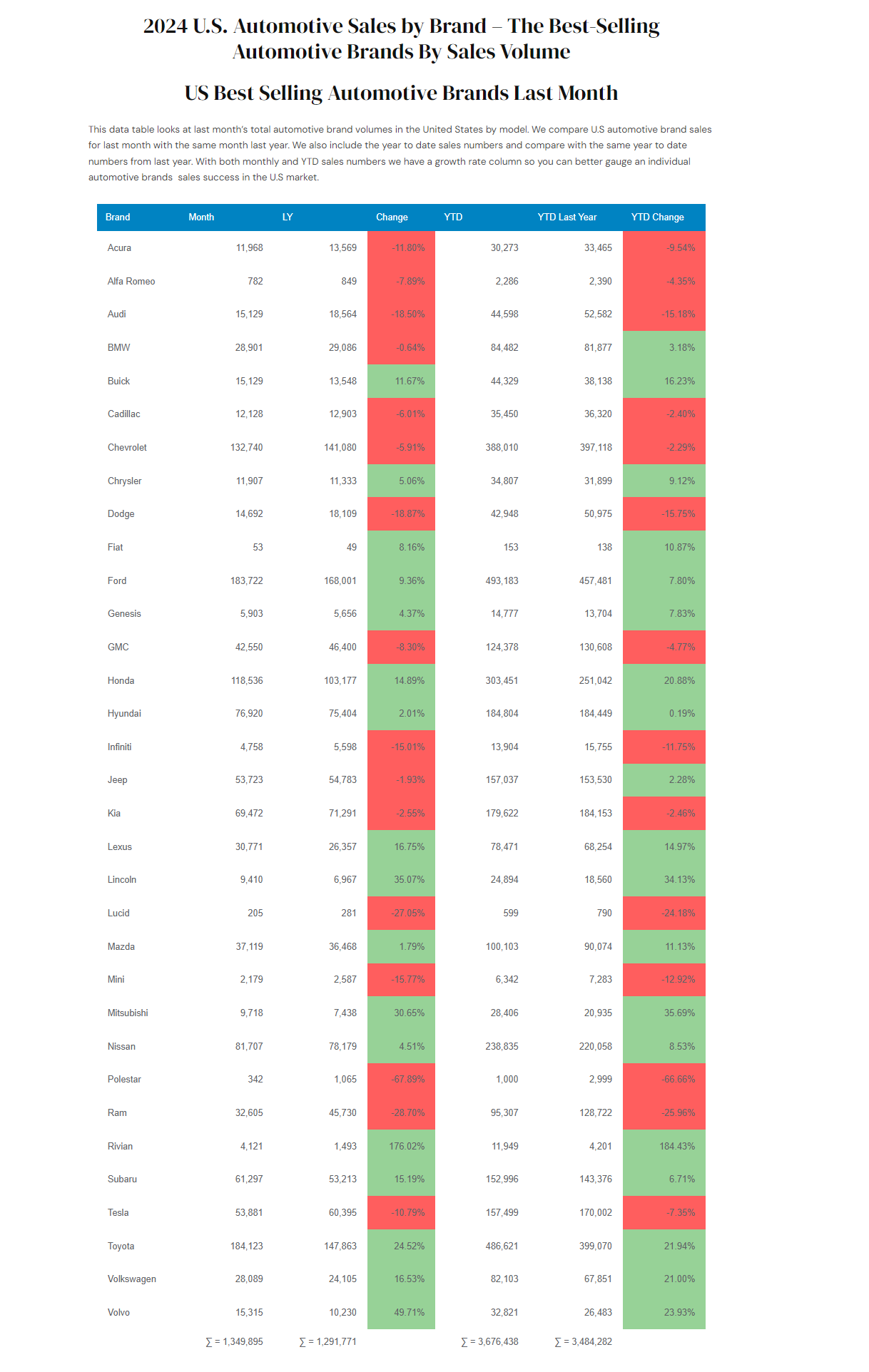
By Geoffrey Cann
Markets are starting to show interest in commodity products that are produced more responsibly, notably natural gas. The key is to be able to prove it, and that requires some changes.
In 2016, I moved from Brisbane, Australia, to Calgary Alberta, and as is the case with international moves, my household belongings were packed into a sizeable shipping container at my then residence, for eventual delivery in Calgary.
I was pleasantly surprised when the shipper offered a startling new service. Using an on-line portal I would be able to track the container’s progress as it left my home and started its journey, using the Bill of Lading number. Sure enough, the portal reported the container’s progress as it was unloaded at Brisbane port, and then loaded onto a ship destined for a big Asian transshipment port.
But once the container was unloaded in Asia, the service came to an end. I lost complete visibility to the container. I couldn’t tell if the container was even at a port, what ship it was on, when the ship would arrive, which port the ship would discharge, and when the container would arrive.
How is it possible that I can track a $25 Uber ride with my phone, but I wasn’t able to see my $8000 cargo in a world of big business?
Digital innovations have unlocked many businesses’ ability to offer variations of tracking and tracing services. Tracking is by far the easier of the two, and Apple, as one example, has created its AirTag product to exploit this opportunity. AirTags connect up with passing iPhones and relay their coordinates via the cloud to the AirTag owner, pinpointing the tag’s location.
Tracing is decidedly more difficult as it requires a date, time, and location log of the events, changes of state, and changes in ownership of the item that is being traced. There are few examples of full item tracing in industry for this reason. Tracing is doubly hard for commodities that are fungible (how dto you tell one organic tomato from another), or blended with other similar products (such as green energy).
Tracing of energy is coming to the commodity industry as market participants express greater interest in energy provenance.
A Changing Commodity Landscape
Many jurisdictions and markets are becoming more interested in the provenance of energy goods, for product handling, emissions goals, taxation and sanctions enforcement, and service resilience.
Vehicle batteries
For example, the EU, concerned about the rise of electric vehicles and the shift to electric battery power sources, has passed strict new rules over the disposition and disposal of batteries, at once a valuable recycled asset and a potential toxic waste product.
Fuel Specs
New marine fuel regulations place strict limits on the quality of bunker fuel. Port operators need transparency on fuels and bunkering operation.
In the US, the Environmental Protection Agency (EPA) has defined Renewable Natural Gas (RNG) as a bona fide commodity, and a method to create (and eventually retire) a Renewable Identification Number (RIN). The RIN is a digital token that uniquely identifies a specific cargo of RNG gas, and can help a producer or export meet their compliance with the Renewable Fuel Standard.
Natural gas producers are exploring the possibility of creating a certified natural gas (CNG) that meets higher environmental standards for reducing companion methane emissions. Ideally, CNG will be priced at a slight premium to compensate producers for reducing their methane footprints.
Methane Focus
Methane has been particularly singled out because it is considerably more potent as a green house gas (GHG) than carbon dioxide (CO2). The global oil and gas industry is the single largest avoidable methane source, emitting 80m tons per year through venting, flaring, and unintentional losses (fugitive emissions). These Scope 1 emissions represent the fastest pathway for the gas industry to meet pressing climate targets.
Taxation Reform
Many governments apply duties and taxes to imported products that originate from countries with whom they lack a tax treaty. The US levies hundreds of millions of dollars in taxes on Canadian oil imports because shippers cannot prove that the oil originated in Canada, let alone for their sustainability performance.
Economic Policy and Incentives
More recently, the Inflation Reduction Act has provided ample incentives for participants in energy commerce to adopt cleaner fuels. These incentives will amount to many billions in market price support for new energy products such as green hydrogen, bio gas, bio diesels, and sustainable aviation fuel. Energy commerce participants will need to prove that these energy products are indeed what they claim to be.
Economic Sanctions
Sanctions on energy products that are imposed by regulators rely on the data about the provenance of the energy to work correctly. The US forbids transactions involving crude oil from several countries (Iran, Venezuela, Russia) from the US banking system. The EU banned trading in Russian oil and gas in early 2023. Enforcing these sanctions is made more difficult because of a lack of transparency over energy products throughout their full life cycle.
Infrastructure Renewal
Climate related pressures are triggering grid operators to adapt grid designs to improve resilience. Grids in North America have historically evolved following the original grid topology from 100 years ago—central power generation, distance transmission, local distribution—for discrete markets, such as states and provinces. Grids have been largely developed to be independent of each other so as to minimize the potential for cascading failures should a grid fault trickle over to its interconnected peers.
However, grids are learning that this model is not as resilient as it needs to be in the face of more frequent and more intense storms, more extreme temperature swings, and environmental disruptions (fires and floods). Grid operators are more open to increasing the number of interconnections between grids, which in turn requires greater transparency on the origins of various energy products, including energy that is based on gas or renewables.
For all of these reasons, the time has arrived for energy markets to take tracking and tracing of energy products seriously. Products that can provide solid evidence of provenance may be able to command a price premium for their sustainability performance. Equally likely, products unable to satisfy provenance tests will be subjected to a price discount so that the buyer has a spread between its eventual selling price to provide for compensation. Energy buyers in the US are starting to signal their interest in paying a premium for responsibly sourced gas.
As ever, the market will evolve in fits and starts, and likely rather unevenly. Early markets could be the global liquefied natural gas (LNG) market, where some customers may pay a premium for low carbon gas, or perhaps specific domestic markets where aggressive regulators impose demanding market rules. In all cases, market participants will need robust data and analytics about energy commerce to be able to capitalize on any emerging opportunity.
The tracking and tracing of commodities requires solutions to a whole host of new engineering and technical challenges, and commercial adaptations.
The Blending Problem
A key feature, as well as a considerable technical problem, of commodities is that they can be blended together, creating an infinite variety of effectively new products.
Many commodities are fungible, in that they are near perfect substitutes for each other. A gallon of petroleum refined by one refinery is indistinguishable from petroleum from a second. Markets count on this fungibility so that the gas furnace can run on gas from a variety of sources, cars can purchase fuel from any supplier, aircraft can fly to and from any airport. Tracing fungible products through a supply chain has never been tackled by the industry because the data collection and compute problem has been excessive.
A variation of the blending problem is the unintentional but unavoidable blending challenges created by infrastructure. For example, when two oil blends are shipped in a pipeline, the interface between the two shipments becomes a blend of the two products. Pipeline operators are careful not to align two shipments with radically different viscosities, as the interface can become very substantial. Shipping green gas and grey gas in a single pipeline, or storing both gases in a single storage asset creates an unintentionally blended product.
Mass balancing
Some commodities, such as petroleum, require a specific type of measurement, known as mass balancing, to address physical problems of volume measurement. Petroleum, for example, expands in volume as the temperature rises. Measuring how much of a specific commodity has been blended into another must be based on mass, not volume, which in turn forces mass measurement throughout the entire value chain.
Measurement devices introduce their own level of complexity, because gauges may not be accurate over time, and indeed require frequent recalibration. Some regulators even allow variances from true measurement so as to avoid burdening the industry with the need to constantly calibrate meters.
Real Time Visibility
Historically, the level of real time visibility into energy markets is relatively low, in comparison with other asset heavy industries. In comparison, the airline industry has evolved to a place where virtually every seat on every commercial flight is fully transparent to the market in terms of its availability and price. Energy supply chains, with their very high levels of fragmentation, the age of much of its infrastructure which predate the internet, and competitive pressures on market participants, are not only less transparent, but have these technical, systemic features that impede change.
Commercial Systems Realignment
Running alongside the physical custodial control of a commodity but using its own set of systems and markets are financial assets that are tied to, or based on, the physical assets. It has been these financial futures markets that have transformed energy markets to be among the most efficient markets yet invented. Financially, a specific commodity may change hands a dozen or more times before final delivery. Tracing the asset is not limited to its physical location but its financial owner.
These three value chains (a physical commodity chain, a financial ownership chain, and a payments or settlement chain) all run on their own set of rails, at three very different speeds, and in different directions. They reconcile only infrequently, disputes are common, and take considerable time to resolve. As much as 9% of all tidal crude is in dispute at any time, because of late delivery, short shipments, or incorrect specification.
Complex Market Structures
Energy market participants are at very different levels of maturity, using a wide variety of manual, paper-driven processes, and systems of varying complexities. International transactions in particular can feature such anachronisms as ink stamps.
A wide variety of commercial enterprises are active in energy markets where those markets are subject to free market rules and are not monopolies. Energy markets include traders, brokers, agents, carriers, grids, producers, distributors, operators, owners, customers, inspectors, financiers and regulators. Each participant has their own set of measures and metrics, motivations and agendas, making common system-wide solutions hard to achieve.
Changing Regulatory Setting
The regulators, such as the EPA and FERC in the US, are monitoring these new cleaner energy products and establishing appropriate federal market rules. However, pretreating, storing, and shipping these products also drives new market rules from the myriad local market regulators and agencies for things like product criteria, toll structures, taxation, recoveries, pooling, and a host of other considerations.
Complex Technology Landscape
Coincident with the complex commercial landscape is an even more complex technology landscape for information assets involved in energy commerce. Much of it is manual and offline, sourced from a huge range of vendors and featuring a wide range of technology architectures. There are few standards in place for simplifying energy commerce. Single solutions that work for all participants across the full measure of underlying technology systems are rare.
There is a very substantial prize awaiting energy products that can substantiate their provenance, measured in the following ways:
Improved margins. Market participants who can prove the provenance of their products may be able to command a price premium. That premium may be modest at the margin, but given the huge volumes inherent in energy markets, the absolute margin uplift can be substantial.
Greater volume. Energy assets that are variable in their volumes or performance because of price (a high cost bio gas) may be able to run at higher utilisation rates because of the higher price. This volume uplift can translate into lower per unit production costs.
Penalty and tax avoidance. Gas that is sourced following specific sourcing guidelines for responsible or sustainable production can avoid penalties or taxes that are imposed on traditional energy products. These penalties are on the rise in the form of carbon taxes.
Improved compliance. Energy companies that violate trade sanctions in energy products can find themselves cut off from the banking system, short circuiting one of the three key rails for energy commerce. Inability to access banking and trade finance effectively disables energy companies.
Improved valuations for assets. Energy assets that can be provably shown to deliver responsible energy products will trade at a higher value because of both margin and volume benefits. Improved asset valuations improves financing structures by altering the ratio of debt to equity, reducing financial risk.
Brand value. Market participants today are quick to point out their sustainability cred but without having to go through the bother to prove it in detail. Brand value will be enhanced by those companies able to prove their commodity products meet sustainability guidelines.
Track and Trace In Action
Commodities have always been ‘tracked’ in that the buyer must eventually settle with the seller, and settlement occurs upon delivery. Banks have played a key role in financing trade across markets for decades. The earliest example I can relate to involved the sale of raw wool by Australian farmers for processing in England’s mills, and banks stepped into the role of financier for these transactions. Here are some recent examples involving energy products.
Product passport (DHS and Mavennet). The US Department of Homeland Security has sponsored a series of projects to transform cross border trade involving energy. Neoflow from Mavennet provides tracking and tracing of crude oil by pipeline from Canada to the US. By streamlining and improving the documentation trail for oil imports, the Department hopes to reduce the import tax burden on oil products that are subject to free trade but are unable to prove their origins.
Certificate banks (MIQ). MiQ is an independent not-for-profit that has created a standard for measuring methane emissions for the oil and gas industry. A competent emissions auditor can apply the standard independently to create an independently certified gas (ICG) certificate anywhere along the gas supply chain, including gas production, gathering, processing, transmission, liquefaction and regasification. The MIQ Registry holds the certificates on a ledger, allowing participants to track gas throughout its life cycle.
Commodity Post Trade Transformation (VAKT). Energy traders in Europe noted that the physical post trade process was reliant on manual, complex, repetitive, and error-prone processes, the solution for which required collective action. VAKT allows the ecosystem of traders, shippers, infrastructure owners, service providers and trade financiers to adopt a single digital record where all of the details and stages of a trade can be agreed, recorded and seen, securely, by all partners involved in a trade.
Product Movement (Marco). Sometimes tracking provides improvements within a company’s own operations. Repsol has deployed a digital tracing solution called Marco from Finboot to trace products from its petroleum refineries. The digital records tie specific product runs to their lab test results, providing assurance to the customer of the product’s origins, specifications and characteristics. Eventually such a system will be extended throughout the value chain.
A few key tactics look sound even at this early stage of market development:
Pilots and trials. As outlined above, there are now a sufficient number of promising trials, proof of concepts, and market ready solutions. Companies should get involved where they can to learn and understand how these solutions transform markets.
Watch for regulatory and policy changes that will impact markets. Use analytics and research from companies such as Arbo to monitor and understand tariff changes sought by pipelines to facilitate transport of differentiated gases like RNG, RSG or CNG, (and in the future, hydrogen) and regulators’ response.
Ready your data infrastructure. As a producer, your engineering team will guide your shift to become an RSG player, but it will be your data infrastructure that will help you capture the value you create. Invest there in parallel with plant decarbonization.
The foundational tools and technologies for end to end tracing of commodities have already been invented and deployed in commodity industries. Customers and markets are starting to demand evidence that energy products such as natural gas are making a positive contribution to buyers’ emission reduction goals. Responsibly sourced gas will experience demand growth, rewarding gas producers for their efforts at reducing emissions in the industry.
Artwork is by Geoffrey Cann, and cranked out on an iPad using Procreate.
Share This:
Next Article




